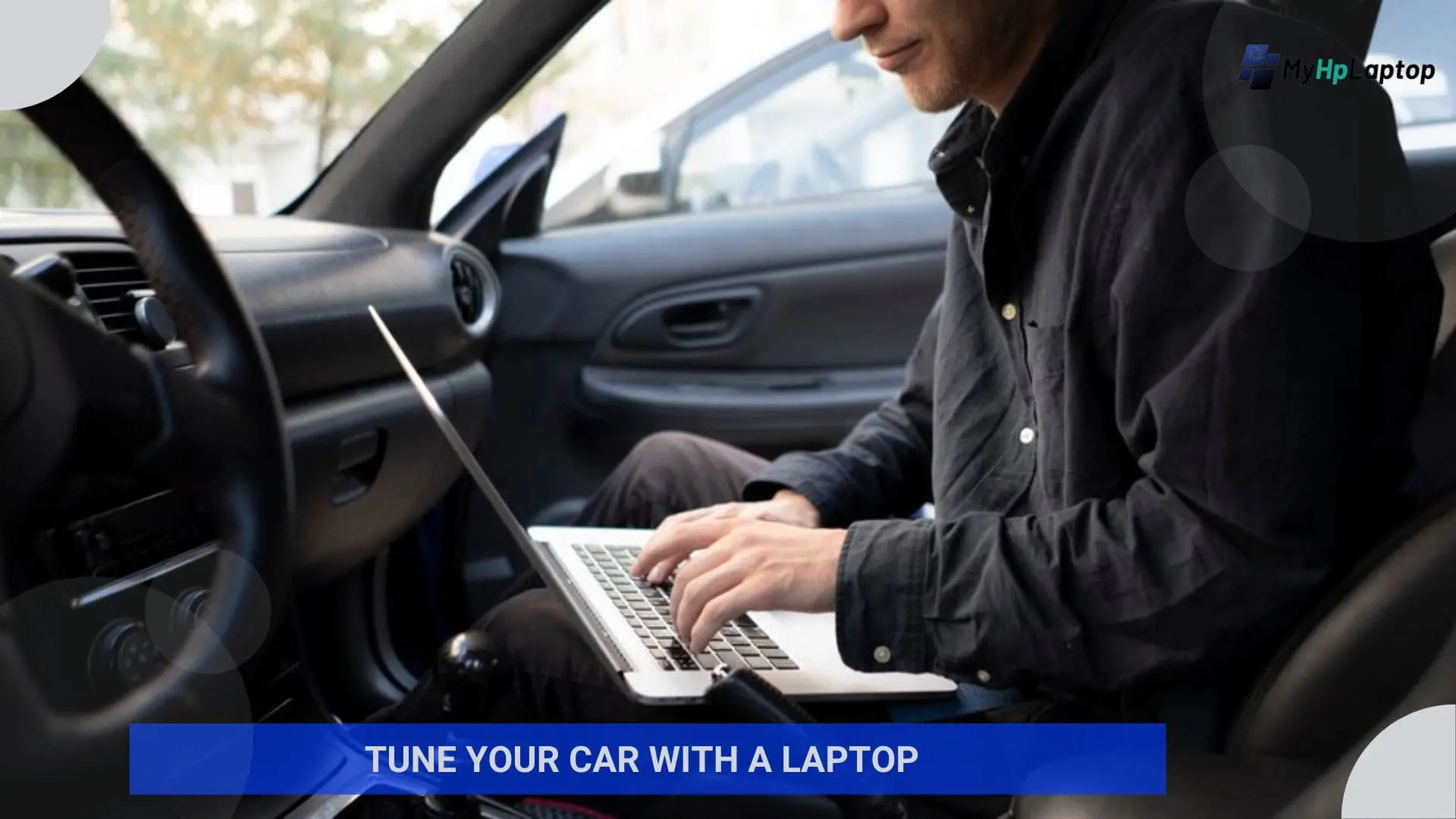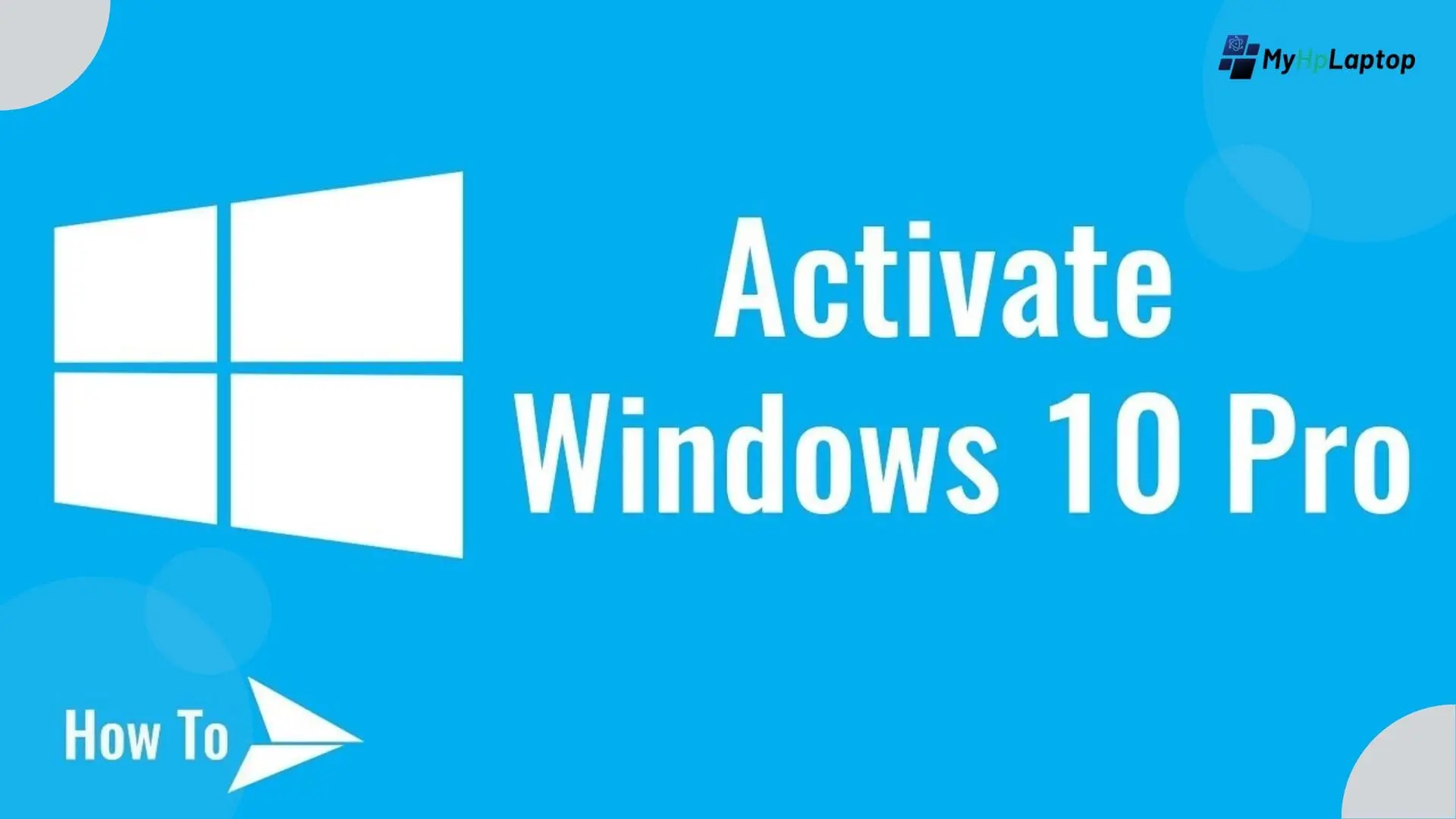Introduction
Tune your car with a laptop has long been the secret art of enthusiasts seeking to unlock their vehicle’s hidden potential. From squeezing out extra performance to optimizing fuel efficiency, the world of car tuning has evolved dramatically. And now, with the advent of technology, the process has taken an innovative turn – enter the realm of tuning with a laptop.
Gone are the days when tuning meant tinkering with physical components under the hood. Today, the digital age has bestowed upon us a new tool: the laptop. It’s become a key instrument in the hands of car enthusiasts and professional tuners alike, offering a gateway to unleash a vehicle’s capabilities through software tweaks and adjustments.
In this guide, we will explore the world of Tune Your Car with a Laptop using nothing more than a laptop and specialized software. Whether you are seeking more power, better fuel economy, or a smoother ride, understanding how to harness the potential of this digital tool can revolutionize your driving experience.
Understanding Car Tuning
Car tuning is the art of optimizing a vehicle’s performance, handling, and efficiency beyond what the manufacturer intended. It involves making adjustments to various parameters within the engine control unit (ECU) or onboard computer system to enhance specific aspects of your car’s performance.

1. Importance of Car Tuning:
Tune Your Car with a Laptop isn’t just for racers or gearheads; it offers tangible benefits to everyday drivers. Here’s why it matters:
- Performance Enhancement: Tuning can unlock hidden power, improving acceleration, horsepower, and torque. It refines throttle response and overall drivability.
- Fuel Efficiency: Optimizing the engine’s parameters can lead to better fuel economy without sacrificing performance.
- Customization: Tuning allows customization to suit individual preferences, from adjusting shift points to fine-tuning suspension settings.
2. How Tuning Works:
Modern vehicles are equipped with ECUs that control various engine functions. Tuning involves modifying these electronic settings, such as fuel injection timing, air-fuel ratios, ignition timing, and more. These adjustments optimize the engine’s performance based on specific goals.
3. Types of Car Tuning:
- Performance Tuning: Focuses on increasing horsepower, torque, and overall engine output.
- Economy Tuning: Aims to improve fuel efficiency by adjusting engine parameters for better mileage.
- Driveability Tuning: Enhances throttle response, smoothness, and overall drivability without necessarily aiming for peak performance.
Understanding the intricacies of car tuning forms the foundation for utilizing a laptop to make these adjustments effectively. It’s not just about enhancing speed; it’s about optimizing your car’s performance to suit your driving needs and preferences.
Tools Needed Car Tuning to Laptop
Before diving into the world of car tuning using a laptop, gathering the right tools is essential. Here’s what you’ll need:

1. Laptop:
A reliable laptop with sufficient processing power and compatible operating systems is crucial. It acts as the gateway to communicate with your car’s ECU through specialized software.
2. OBD-II Cable or Interface:
An On-Board Diagnostics (OBD) cable or interface is necessary to establish a connection between your laptop and the car’s diagnostic port. Ensure compatibility with your vehicle’s make and model.
3. Tuning Software:
Obtain specific tuning software designed for your car’s ECU. There are various programs available, each tailored for different manufacturers or models. Research and choose software that suits your needs and is compatible with your vehicle.
4. Vehicle-Specific Information:
Access to your car’s technical specifications or tuning guides can be immensely helpful. This information might include details about the engine, factory settings, and recommended tuning adjustments.
5. Internet Connection (Optional):
Having an internet connection might be beneficial for software updates, accessing online forums for troubleshooting, or seeking guidance from experienced tuners.
6. Safety Gear and Precautions:
Though not directly related to laptops, having safety gear like gloves and eye protection is crucial when working around your vehicle. Additionally, ensuring a stable power source for both the laptop and the vehicle during tuning is important to prevent any disruptions.
Ensuring you have these tools on hand before starting the tuning process will streamline the experience and reduce any potential setbacks.
Preparing Your Car and Laptop
Before initiating the tuning process, it’s crucial to ensure both your vehicle and laptop are adequately prepared. Follow these steps to set the stage for a successful tuning session:

1. Vehicle Inspection:
- Check for Issues: Inspect your car for any existing mechanical issues or malfunctions. Ensure the vehicle is in good working condition before proceeding with tuning.
- Fluid Levels: Check and top up essential fluids such as engine oil, coolant, and brake fluid to recommended levels.
- Battery Health: Ensure the car’s battery is fully charged to prevent any disruptions during the tuning process.
2. Laptop Setup:
- Software Installation: Install the tuning software on your laptop according to the provided instructions. Make sure that the software is compatible with your operating system.
- Connectivity Check: Test the connectivity of your laptop with the OBD-II interface or cable. Ensure the drivers are installed correctly to establish a stable connection.
3. Backup and Safety Measures:
- Backup Factory Settings: If it is possible, create the backup of your car’s factory settings. This backup can be invaluable if you need to revert to the original configuration.
- Safety Measures: Have a fire extinguisher nearby as a precaution. It’s also advisable to disconnect any aftermarket accessories that might interfere with the tuning process.
4. Workspace Setup:
- Well-Ventilated Area: Perform the tuning in a well-ventilated space, preferably outdoors or in a garage with proper ventilation to dissipate exhaust fumes.
- Stable Workspace: Ensure the car is parked on a level surface with the parking brake engaged. Having sufficient space around the vehicle allows for safe maneuvering and access during the tuning process.
By thoroughly preparing both your car and laptop, you’ll minimize potential issues and create a conducive environment for the tuning procedure.
Connecting the Laptop to Your Car
Establishing a seamless connection between your laptop and your car’s onboard computer system is pivotal for successful tuning. Follow these steps to make sure a secure and stable connection:

1. Locate the OBD-II Port:
- Identify the OBD-II port in your vehicle. It’s typically located beneath the dashboard, near the steering column, though its exact placement might vary based on the car model.
2. Power Off:
- Ensure the car’s engine is turned off before connecting anything to the OBD-II port. This prevents any electrical mishaps during the setup.
3. Connect the OBD-II Cable:
- Plug one end of the OBD-II cable or interface into the OBD-II port of your vehicle. Ensure a firm connection to avoid any data transfer issues.
4. Connect to the Laptop:
- Connect the other end of the OBD-II cable to your laptop’s USB port or interface. Wait for the drivers to install and ensure the laptop recognizes the connection.
5. Launch the Tuning Software:
- Open the tuning software on your laptop. Follow the software’s instructions to establish communication with the vehicle’s ECU.
6. Confirmation of Connection:
- The software should display confirmation of a successful connection. Ensure the communication link between the laptop and the car is stable.
7. Troubleshooting Connectivity Issues:
- If there are connectivity issues, double-check the cable connections and ensure the software is compatible with your vehicle’s make and model. Restart both the laptop and the car if necessary.
8. Readiness for Tuning:
- Once a stable connection is established and the software indicates readiness, you’re all set to begin making adjustments to your car’s settings.
Ensuring a secure and stable connection is the initial step toward utilizing your laptop for tuning purposes. Attention to detail during the connection phase minimizes potential interruptions during the tuning process.
Using Tuning Software
Once the connection between your laptop and car is established, the tuning software becomes the interface through which you’ll interact with your vehicle’s engine control unit (ECU). Here’s how to navigate and utilize the software effectively:

1. Interface Overview:
- Familiarize yourself with the software’s user interface. It typically presents various parameters and settings that can be adjusted for tuning purposes.
2. Accessing Parameters:
- Explore the different sections or tabs within the software to access parameters such as fuel maps, ignition timing, rev limits, and more. Each parameter influences specific aspects of the engine’s performance.
3. Understanding Adjustments:
- Before making any changes, understand the impact of each adjustment. The software might provide descriptions or guidance on how alterations to certain parameters affect the engine’s behavior.
4. Making Adjustments:
- Carefully adjust the parameters based on your tuning goals. Start with small changes and test each adjustment before proceeding further.
5. Logging and Monitoring:
- Some tuning software allows logging of data during runs. Use this feature to monitor real-time changes and gather data for analysis. Logging helps in fine-tuning adjustments for optimal performance.
6. Iterative Process:
- Tuning is an iterative process. Make adjustments, test them in controlled conditions (if possible), and analyze the results. Repeat this process to fine-tune settings gradually.
7. Save Settings:
- Once you achieve the desired performance or settings, save the changes. Some software allows saving multiple profiles, enabling you to switch between different tuning configurations.
8. Caution and Patience:
- Exercise caution and patience throughout the tuning process. Small adjustments can have significant effects on your car’s performance, so proceed methodically.
9. Seek Expert Guidance (if needed):
- If you’re uncertain about certain adjustments or encounter challenges, seek guidance from experienced tuners or online communities dedicated to car tuning.
10. Documentation:
- Keep track of the changes made and their effects. Documentation helps in reverting to previous settings if needed or in understanding the evolution of your tuning process.
Understanding the nuances of the tuning software and its functionalities is essential for making effective and safe adjustments to your vehicle’s ECU.
Making Adjustments
Adjusting your car’s parameters using the tuning software requires a systematic approach to achieve desired performance enhancements. Here’s a step-by-step guide to making effective adjustments:
1. Prioritize Adjustments:
- Start with a clear objective. Determine the specific aspects of your car’s performance you want to enhance, whether it’s horsepower, torque, fuel efficiency, or drivability.
2. Begin with Baseline Settings:
- Understand your car’s factory settings and consider them as a baseline. It’s advisable to keep a record of these settings to revert to them if necessary.
3. Incremental Changes:
- Make small, incremental adjustments to the parameters within the tuning software. Adjust one parameter at a time to isolate and understand its impact.
4. Monitor Changes:
- After each adjustment, monitor how it affects the car’s performance. Use the software’s logging or monitoring features to track changes in real-time.
5. Test Runs:
- Conduct test runs in controlled environments, if possible, to assess the impact of adjustments. Pay attention to any changes in performance, engine behavior, or drivability.
6. Data Analysis:
- Analyze the data gathered from test runs. Look for patterns or trends to understand how adjustments influence various performance aspects.
7. Iterate and Refine:
- Based on the results and data analysis, refine your adjustments. Iterate through the process of making changes, testing, and analyzing until you achieve the desired performance.
8. Document and Save:
- Document each adjustment made and its effects. Save configurations or profiles within the software to keep track of successful tuning setups.
9. Safety and Caution:
- Always prioritize safety and be cautious when making adjustments. Small changes can have significant effects on engine behavior, so proceed gradually.
10. Professional Assistance:
- If uncertain or if you encounter challenges, seek help from experienced tuners or professionals. Sometimes, their expertise can provide insights or solutions.
By following this systematic approach and exercising caution, you’ll be able to make adjustments effectively and gradually optimize your car’s performance according to your preferences.
Also Read: Easy Ways to Connect a New Line to Your Laptop Wirelessly
Testing and Fine-Tuning: Perfecting Your Car’s Performance
Once adjustments have been made using the tuning software, it’s time to put your car through its paces to refine and optimize its performance. Here’s how to fine-tune your vehicle’s settings for an enhanced driving experience:

1. Precision Testing:
Start by conducting test drives in controlled environments, away from traffic, to assess the impact of your adjustments. This allows a focused evaluation of your car’s behavior without distractions.
2. Assess Performance Metrics:
During these drives, pay close attention to various performance metrics influenced by the adjustments: acceleration, throttle response, engine smoothness, and overall handling. Note any positive or negative changes.
3. Data as Your Guide:
Utilize the logging features in your tuning software to gather real-time data during test drives. This data becomes invaluable in analyzing how your adjustments affect specific parameters.
4. Addressing Concerns:
If any anomalies or unexpected behavior arise during testing, take note. These observations could guide further adjustments or refinements to achieve the desired performance.
5. Iterative Refinement:
Refine your adjustments iteratively based on your test drive experiences and data analysis. Small, incremental changes are key to achieving the perfect balance in your car’s performance.
6. Validation of Improvements:
Continuously validate improvements in your car’s performance metrics after each adjustment iteration. Ensure that the changes positively impact the intended areas without compromising others.
7. The Delicate Art of Fine-Tuning:
Fine-tuning involves delicately balancing multiple parameters. Concentrate on refining settings to achieve the ideal blend of performance, efficiency, and drivability.
8. Persistence Pays Off:
Be patient; fine-tuning is an ongoing process. It might take several iterations and thorough evaluations to achieve the optimal settings. Persistence is vital for reaching your goals.
9. Seeking Expert Insight:
Consider consulting experienced tuners or professionals if the fine-tuning process becomes intricate. Their expertise could provide valuable insights or solutions to challenges you might face.
10. Documenting Progress:
Keep detailed records of each refinement made during the fine-tuning process. This documentation aids in tracking progress and reverting to previous settings if needed.
Fine-tuning your car’s performance is an art that requires meticulous attention and patience. Through rigorous testing and calculated refinements, you’ll inch closer to achieving the perfect harmony of performance and reliability.
FAQs
Is Tune Your Car with a Laptop safe?
- When done correctly by following proper procedures and making gradual adjustments, Tune Your Car with a Laptop is generally safe. However, it’s crucial to exercise caution, document changes, and seek expert guidance if uncertain.
2. Will Tune Your Car with a Laptop void the warranty?
- Modifying your car’s ECU settings might affect the warranty, as it can be considered as altering the manufacturer’s specifications. It’s advisable to check your warranty terms or consult with the manufacturer before making any modifications.
3. Can I revert to my car’s original settings after tuning?
- Most tuning software allows you to create backups of your car’s original settings. It’s recommended to save these backups before making any changes so that you can revert to the factory settings if necessary.
4. What kind of improvements can I expect from tuning my car?
- Tuning can potentially improve various aspects of your car’s performance, such as increased horsepower and torque, better fuel efficiency, smoother acceleration, and enhanced drivability based on the adjustments made.
5. Do I need mechanical knowledge to tune my car with a laptop?
- While some basic understanding of car mechanics can be helpful, many tuning software programs offer user-friendly interfaces and guides. However, having a grasp of how different parameters affect engine performance can be advantageous for effective tuning.
Conclusion: Unleashing Your Car’s Potential with Technology
Tuning your car with a laptop opens doors to a world where technology and automotive passion converge. This innovative approach allows enthusiasts to optimize their vehicle’s performance, efficiency, and drivability in ways never before possible.
Beginning with understanding the significance of car tuning, we explored the tools required and the crucial steps to prepare both the car and the laptop. Establishing a secure connection and navigating the tuning software were foundational aspects, guiding us into the realm of making adjustments.
The process involved a systematic approach: from understanding each adjustment’s impact to the iterative refinement through testing and fine-tuning. Patience and meticulousness were key as adjustments were made, tested, and analyzed to achieve the desired balance of performance.
Crucially, safety and documentation played significant roles throughout, ensuring not only optimal performance but also reliability and the ability to revert to factory settings if needed.
Tuning a car with a laptop isn’t merely about horsepower gains; it’s about personalized enhancements tailored to one’s driving preferences. It’s the art of extracting the best from your vehicle while keeping it safe and reliable.




